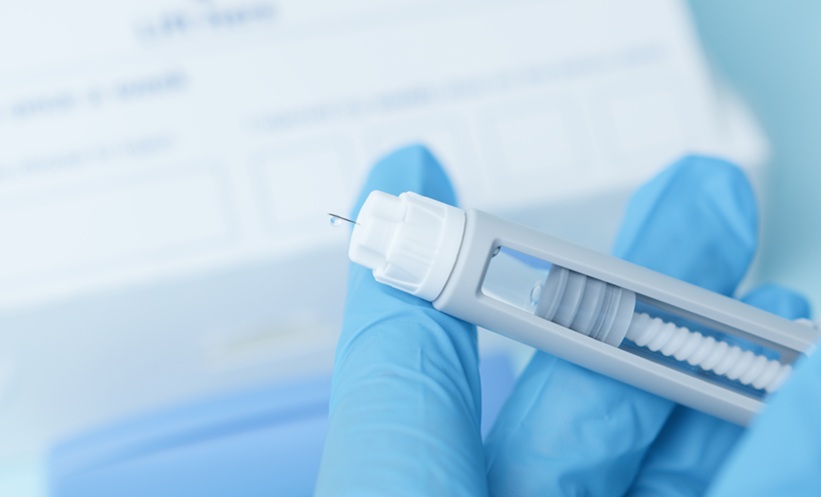With no Food and Drug Administration (FDA)-approved treatments available for repigmenting in vitiligo, limited improvements in vitiligo patients can be achieved. However, a recent Phase II clinical trial investigating ruxolitinib in vitiligo has produced some promising therapeutic responses.
The involvement of 157 vitiligo patients makes this clinical trial the largest vehicle-controlled, double-blind, randomised, controlled trial completed in vitiligo patients. Patients had a mean age of 48.9 years and had depigmented areas of ≥0.5% of body surface area on the face (mean of 1.48% at baseline) or ≥3% body surface area on non-facial areas (mean of 22.05% at baseline); 46.5% of patents were male and 84.1% were white. Vitiligo Area Severity Index (VASI) (mean baseline of 17.95) and facial-VASI (F-VASI) (mean baseline of 1.26) were also recorded. Patients either received ruxolitinib cream of 1.5% twice daily, 1.5% once daily, 0.5% once daily, 0.15% once daily, or vehicle cream for 24 weeks.
A response was seen in as early as 8 weeks in most of the ruxolitinib cream treatment groups. In 30% of patients who received 1.5% ruxolitinib twice a day and 17% of patients who received 1.5 % ruxolitinib once a day, a 75% improvement in F-VASI scores was observed. Furthermore, around half of the patients who received ruxolitinib achieved a 50% improvement in F-VASI at Week 24.
Although oral ruxolitinib is FDA-approved for other disease such as polycythemia vera, myelofibrosis, and acute graft-versus-host-disease, the topical formulation is not yet approved. These results only encompass the first part of the Phase II study; in part 3 of the study, the highest dose of ruxolitinib will be given, and phototherapy will be allowed. Results from a 52-week and 2-year study are to follow soon. Because the Phase II trial met its primary endpoint, a Phase III trial has been planned and is due to start at the end of this year.
“As this is a topical medication and not an oral, we avoid the systemic side effects patients are subjected to,” said Dr David Rosmarin, primary investigator of the study and assistant professor at Tufts University School of Medicine, Boston, Massachuesetts, USA. “The medication was well tolerated in all treatment arms. There may be a slight signal for application site reactions and for acne, but overall, it is very well tolerated.”








